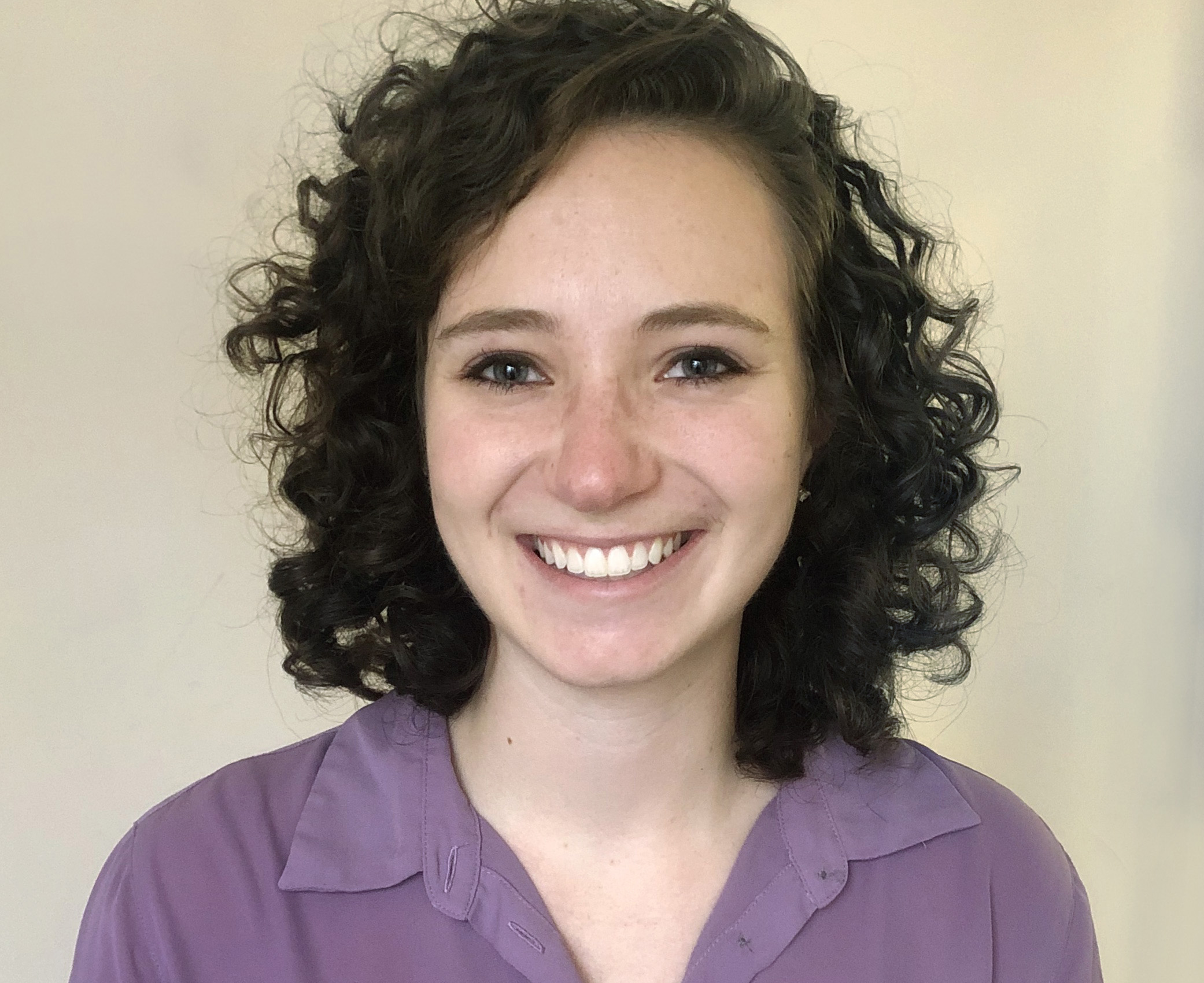Teachers who have been at a loss for a prayer to say at the beginning of class need look no further than Justin McClain’s most recent book, Called to Pray. The book includes more than 200 original prayers written particularly for Catholic school communities, as well as an appendix with tips for teachers or students who want to write their own prayers.
McClain, a Golden Apple Award-winning theology teacher at Bishop McNamara High School in Forestville, got the inspiration to write this book after being asked by one of his colleagues if he knew of any prayer resources for the classroom. He did some research and found that there were actually very few, and decided to make a book of prayers for Catholic schools that line up with the Church’s liturgical calendar.
After consulting Ave Maria Press, who published his last book, Called to Teach, McClain wrote the whole book in about a month.
The book is broken into five sections: prayers for special school occasions, such as for the start of a sports season or for a school dance; everyday prayers for the school year, such as for students choosing a future career or for custodial staff; prayers for liturgical seasons and holy days; prayers written by some of his own students; and traditional Catholic prayers, such as the Hail Mary and Our Father.
He carefully chose the language of the prayers to make it age-appropriate (aimed at students between grades 5 and 12), and would stop to ask himself, “If I were in high school, how would I receive this prayer?” He also tried to direct students toward asking the intercession of saints or guardian angels.
“I wanted it to be meaningful and substantive in terms of steeped in Catholic faith, without being ostentatious,” he said, noting that he neither wanted to dumb it down nor include language that would go over students’ heads. “…If you don’t understand what is said in prayer, you don’t have the same experience.”
For the section of prayers by students, McClain had his students submit an original prayer as an assignment for theology class. The ones that made it into the book include prayers for our nation, for confidence, to oppose lust, to focus in school, and to stop bullying.
McClain said he enjoyed seeing the students get excited about the prospect of their prayers being published and was inspired by seeing what they wanted to pray about.
His advice to students who are looking to write their own prayer is “to offer your heart to the Lord – the good, the bad and the ugly,” he said.
He believes the most important part of his class is the beginning, where he and his students take two minutes to pray and dedicate the class to God, regardless of how big the lesson is or how short the class period is.
“Students need to experience the reality of God in their lives through prayer,” he said. “There are so many distractions out there that cloud the presence of God in our lives. He is there, but we have the tendency not to see Him when we have so many things to cloud our vision…We become so preoccupied with the worrying, we forget to take a minute to stop, slow down and give that to God.”
By taking time for prayer during class, McClain said he hopes “it inspires in them a deeper prayerful relationship with the Lord beyond class.”
McClain particularly believes it is important for teachers who teach subjects other than theology to include prayer as a part of their class, because for him as a student, “it was the teachers who taught something other than theology who reinforced to me what my theology teachers were teaching.”
When teachers of all subjects are onboard with the school’s mission, they can orient their subjects toward forming disciples and future saints, said McClain, who gave the example of science being oriented toward finding cures for disease or learning about new life at the moment of conception. But all of that, he said, has to be rooted in prayer.
“It is a monumental tragedy if a Catholic school doesn’t take the opportunity we have to bring students closer to the Lord,” he said.
McClain has heard feedback from schools that use the book’s prayers over the PA system in the morning, as a way of talking to the students about the liturgical year and feast days. He noted that there are so many different “days,” like National Coffee Day, but asked, “How many of them are intended to better humanity?”
“In the Catholic Church, we have that,” he said. “If Catholic schools let that drop, are we really serving our students? They are not merely days on the calendar, they are causes for celebration.”
Noting that students need to know that they, too, are called to be saints, McClain said “hopefully someday we will see some of our students’ names on the liturgical calendar.”
Still, McClain believes all of the prayers he has written are supplemental to the main prayer of the school community – the Mass.
“Students should remember Jesus as uppercase ‘T’ Teacher more than any lowercase ‘t’ teacher if we are doing our jobs correctly,” he said. “When we have the opportunity to draw our students toward Jesus in prayer, that is one crucial step in that process.”
Teachers or school administrators who would like to order copies of the book for their school can use the code “SCHOOLPRAYERS” to get five or more copies for $10 each at www.avemariapress.com.












